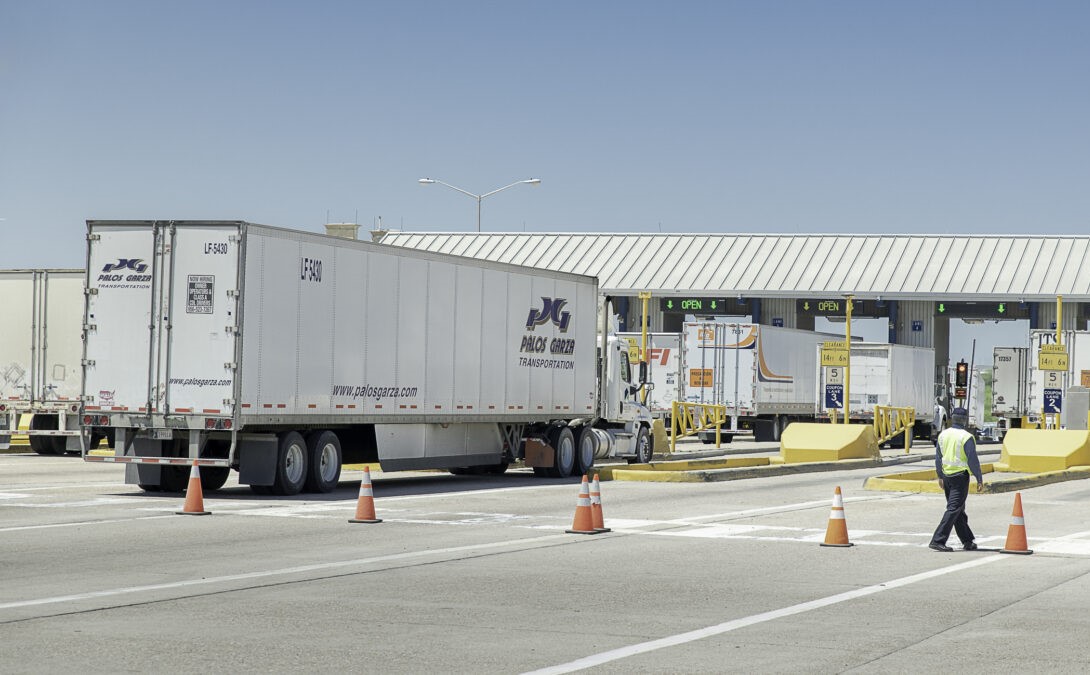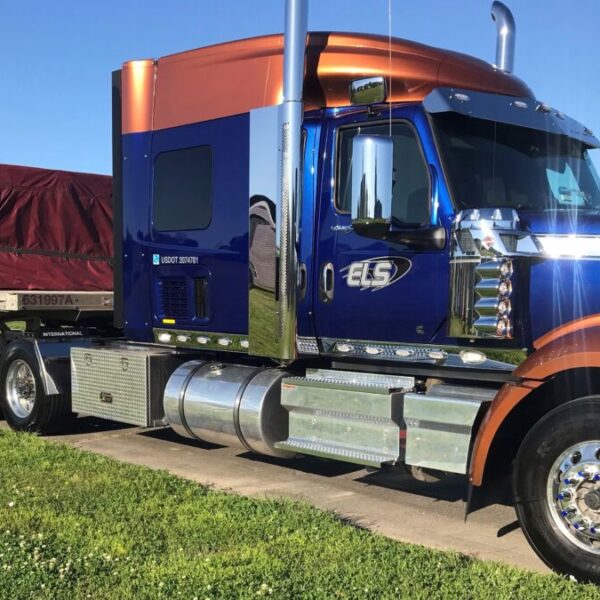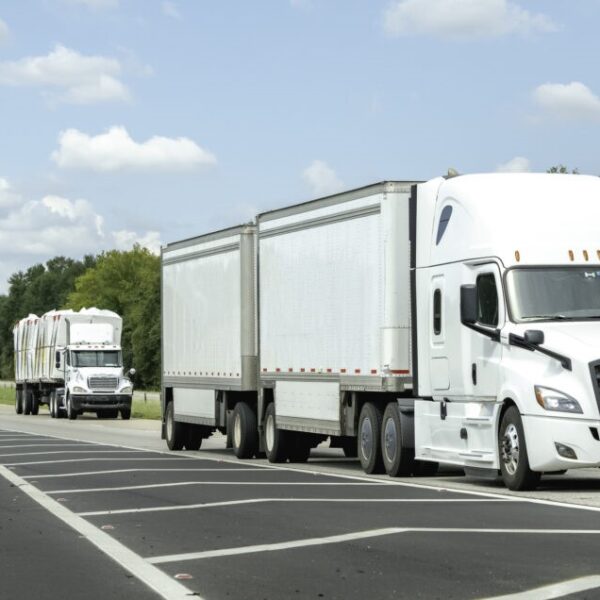Cross-border freight between the United States and Mexico is poised for robust growth in 2024, fueled by nearshoring trends as companies aim to mitigate supply chain risks. Mexico’s proximity to American markets, trade agreements, and skilled workforce make it an increasingly attractive manufacturing location.
“Mexico is an important region for us for various reasons. We do feel that the macroeconomics and geopolitical landscape of the world is certainly changing,” said Sri Laxmana, Vice President of Americas at freight giant C.H. Robinson.
Indeed, nearly 40% of U.S. shippers have either utilized nearshoring already or are considering it, according to C.H. Robinson’s 2023 shipper survey. Laxmana expects nearshoring volumes to climb this year through conversations with customers looking to boost manufacturing capacity in Mexico.
Factors causing supply chains to shift from Asia to Mexico include volatility in overseas production and a desire to reduce transportation risks. “We’ve seen manufacturing move from China to Southeast Asia. We’ve seen shifts to India, Pakistan and other regions,” said Laxmana. “Now Mexico has become an attractive destination for many reasons.”
Chief among those reasons is Mexico’s skilled workforce and free trade pacts like the USMCA, which ease cross-border business. “Mexico has a growing pool of manufacturing and engineering labor. The workforce is praised for its productivity, English skills and adaptability,” Laxmana noted.
Auto Parts and Vehicles See Major Growth
Cross-border freight categories expected to surge most this year are automotive parts and finished vehicles. “The automotive industry goes without saying about growth,” said Laxman. “You continue to see major investments from automakers and parts suppliers.”
Growth relies partly on raw material availability, however. “If there’s no raw materials, it’s very difficult to manufacture. So accessing things like metals, plastics, and chips will be key,” Laxmana explained.
C.H. Robinson itself made a major investment last September – opening one of the largest distribution centers on the U.S.-Mexico border in Laredo, Texas. The 400,000 sq ft facility can handle 350 truckload shipments daily.
“We handle 1 in 10 Mexico freight movements, so we’ve got a substantial footprint already. This distribution center positions us well for continued cross-border growth,” said Laxman.
$70 Million Grant to Build the Texas Hydrogen Corridor
The U.S. Federal Highway Administration awarded Texas a $70 million grant last week to construct hydrogen fueling stations for hydrogen trucks. The funding will build up to five stations in the Dallas, Houston, Austin and San Antonio areas.
The Texas Department of Transportation will utilize the money to collaborate with the private sector to get the fueling sites up and running.
“This helps kickstart a future hydrogen highway corridor stretching from Southern California through Texas as more fleets adopt hydrogen-electric trucks,” said Transportation Secretary Pete Buttigieg. Building out a network of hydrogen stations remains vital to scaling adoption.
Chinese Manufacturers Invest $400 Million in Mexican Auto Production
Shanghai Unison Aluminium broke ground last week on its first Mexican plant located in San Luis Potosi. The $400 million factory will manufacture aluminum auto parts like bumpers and battery trays for electric vehicles.
With automakers Tesla, BMW and Volvo as clients, the plant signals enduring confidence in Mexico’s manufacturing scene. The 1 million square foot facility also brings 3,000 new jobs to the region with the projected opening later this year.
Texas Logistics Center Expands Capabilities
The TexAmericas industrial park in northeast Texas secured a $1.5 million grant last week to amplify its rail infrastructure. Home to extensive rail lines and over 125 daily trains, TexAmericas aims to capitalize on its strategic location near critical Texas border trade zones.
“We look forward to using this money to enhance rail capabilities that will expand logistics services,” said TexAmerica’s CEO Scott Norton. Currently, rail leaders like Union Pacific and Kansas City Southern run service in and out of the park.
By leveraging their expertise and resources, Lading Logistics aims to provide efficient and reliable international shipping and logistics solutions for their clients.



